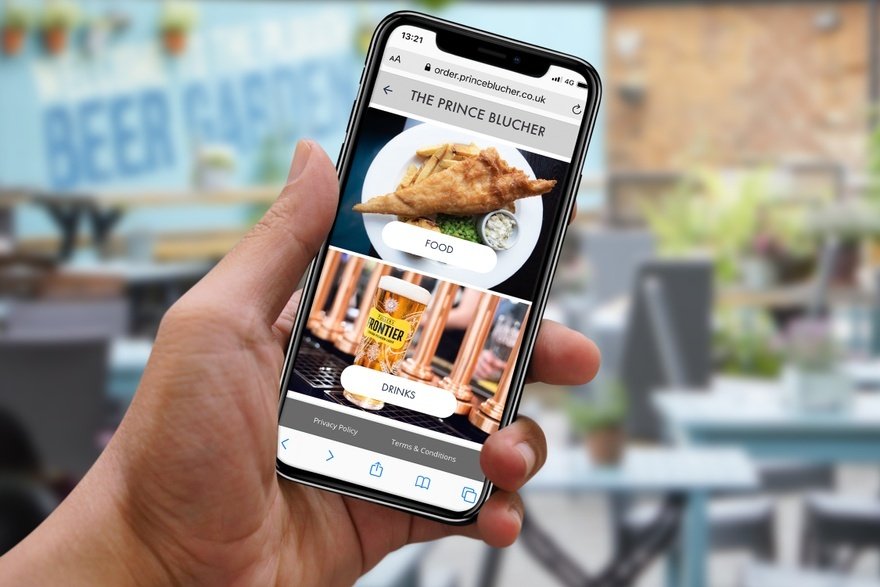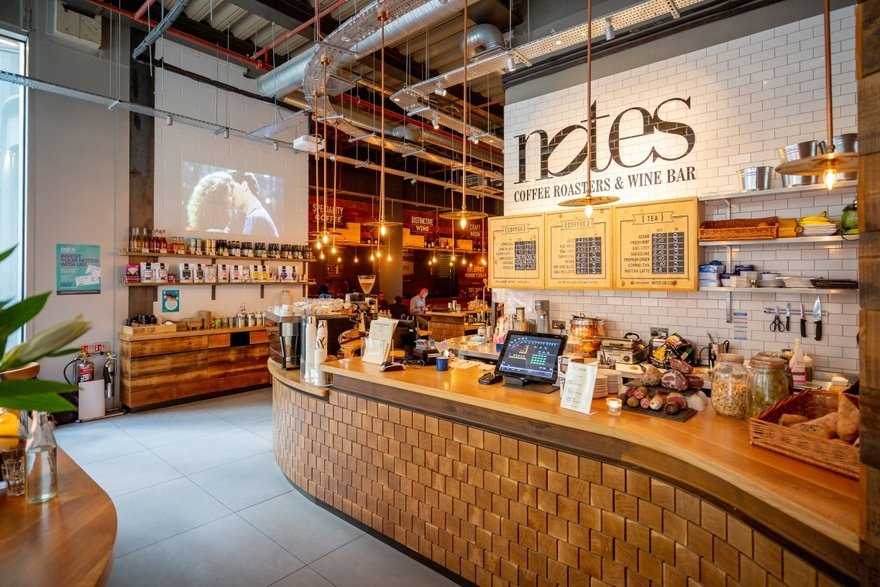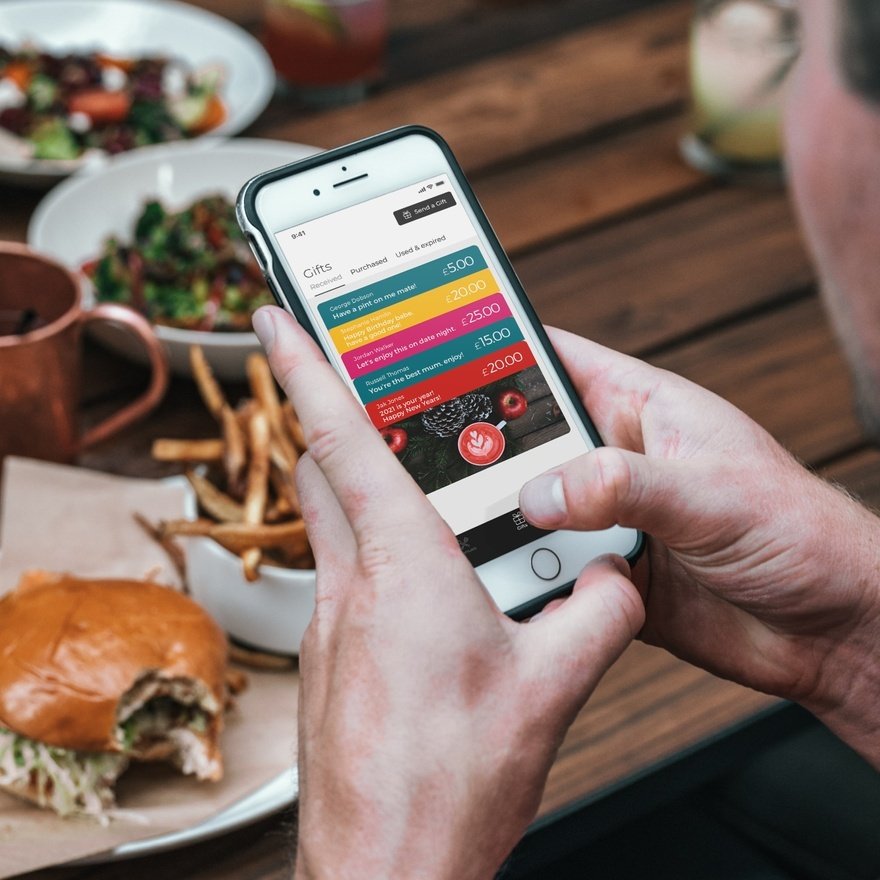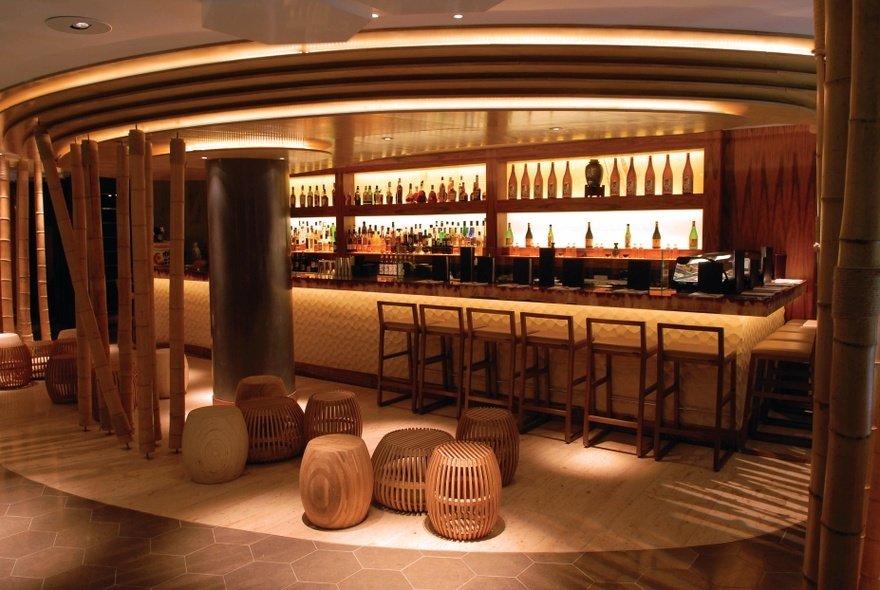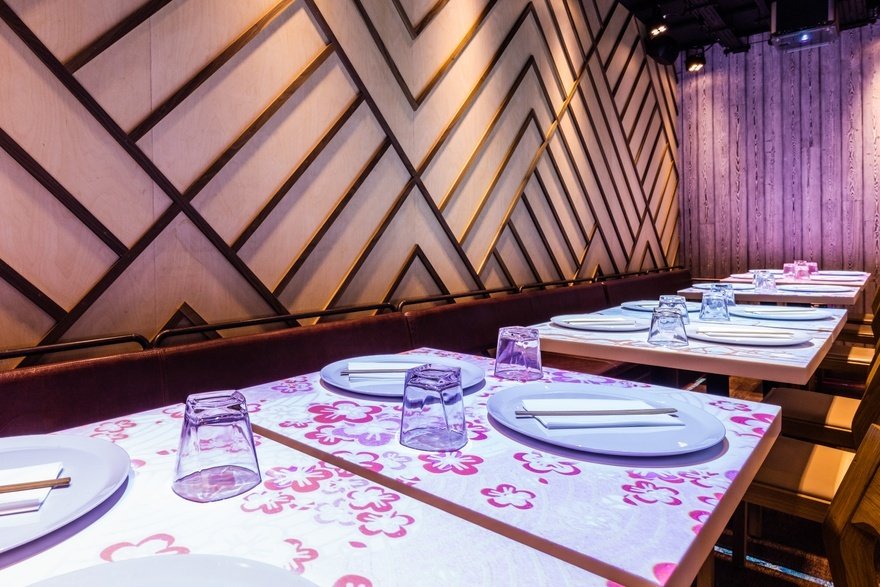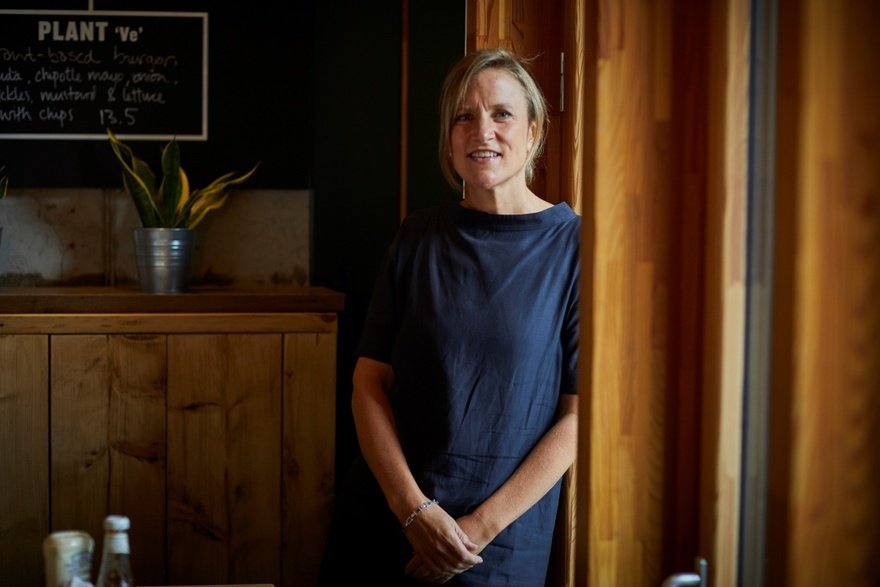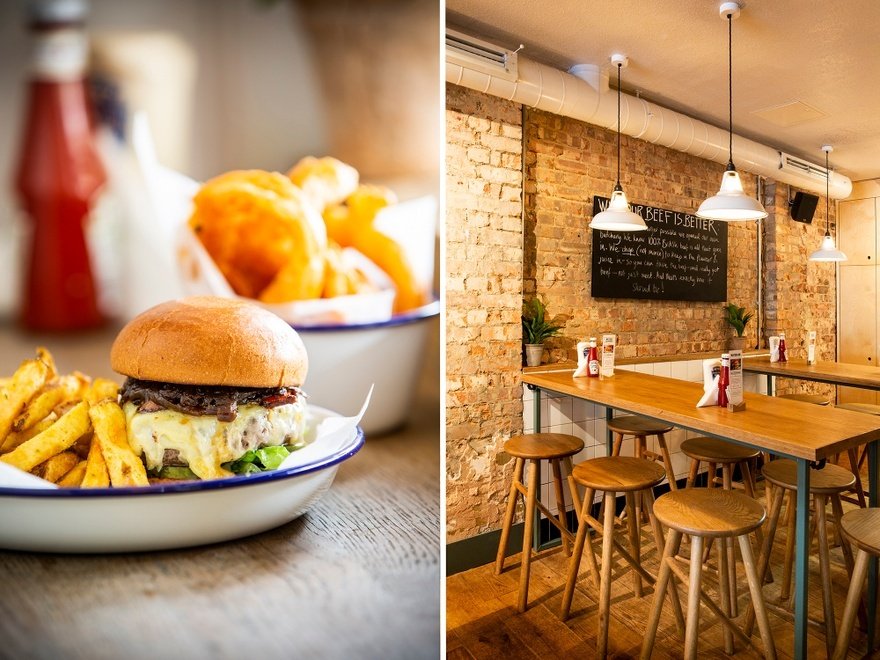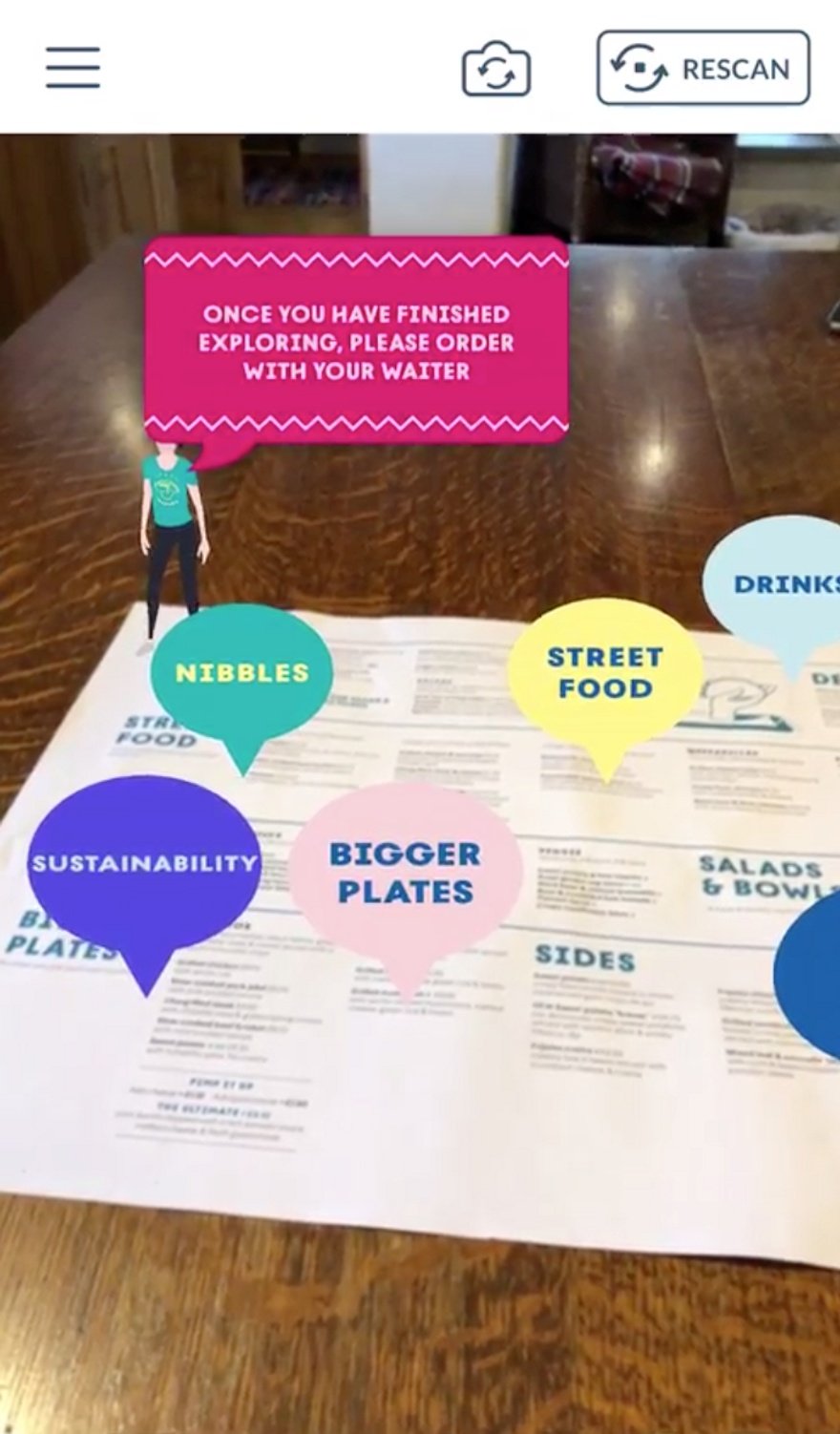Coronavirus has hastened the adoption of mobile ordering and pay at table, but will this technology stay the course after the pandemic? Or will human interaction trump convenience? Glynn Davis investigates.
There has been a revolution in the usage of mobile devices in hospitality. The statistics bear this out, with 43% of consumers having used technology to order and pay since July 2020, compared with only 18% before the pandemic, according to research from Zonal and CGA. And as many as 76% stated they had been satisfied with the ease of ordering from digital solutions.
There is no doubt Covid-19 has accelerated the trend dramatically, as evidenced at London-based Young's, which over the past five years has been building out the functionality of its app to order and pay for goods in its venues, as well as the use of tablets by the front-of-house team.
Patrick Dardis, chief executive of Young's, says: "We were 20% of where we wanted to be and Covid-19 got us to 100%. The app now accounts for 34% of sales compared with only something like 0.4% before Covid-19. It brought us forward by three years."
Across town in the west of the capital, brewery Fuller's took a very different approach. Rather than developing an app, it instead chose to use QR codes and a web-based solution for ordering and paying for food and drink in the bars and dining rooms of its pubs and hotels.
For Jane Jones, marketing director of Fuller's, this approach was vital: "We did not want to go down the app route and have people having to download it. We wanted it to be seamless, with no obstacles, and for people to simply type in a URL or scan a QR code for ordering their food and drink."
Fuller's found customers were immediately comfortable with using the solution, which has been developed with Omnify, and its use "skyrocketed" when the business introduced a table service-only policy for all its properties when it reopened sites in July. Such has been its success that pay at table is being rolled out to all Fuller's establishments.
What was also important for Fuller's was the integration of pay at table with its point of sale, which is connected to its kitchen system – whereby food order tickets are sent electronically to the chefs – and also to the stock files that are automatically updated from the till.
The lack of integration into till systems can be a problem for web-based solutions compared with apps. Rob Robinson, co-founder of Notes Coffee, says reconciling manually between the till and mobile payments software can be a bit of a "nightmare" that requires work to be undertaken to fully link the two into a single account.
Notes had worked with Ritual pre-Covid for its app-based order and pick-up solution for its Canary Wharf sites, which focused on avoiding till queues at peak times. Ritual pivoted to also offering order and pay at table – via a QR code and a web-based platform – to support its clients, including Notes, when Covid-19 hit.
Behind the bar
With some web-based solutions it is still difficult to run a tab. However, although customers have to rekey their payment details (or use Apple Pay) each time they wish to buy another item, neither Robinson nor Jones believes it has deterred customers from using their respective pay at table solutions.
For Mark Selby, co-founder of Wahaca, having a tab capability will be essential when he introduces pay at table this year: "It's not so relevant for bars, but for restaurants we definitely do not want people to order and pay for all their things at once. We need to orchestrate all that [across their time in the restaurant]."
Wahaca is in the process of building various mobile-based elements across ordering, paying and also delivering visuals through augmented reality in order to help people choose, and to educate them [see below]. "We've broken it all down into parts and we're piecing it all together. We're also working on the tab element, which is the hard bit," explains Selby.
The tab aspect is part of the functionality of the OrderPay app-based solution, which is being used by a raft of operators, including Côte, Wasabi and Chopstix. Richard Carter, co-founder of OrderPay, says the likes of Giggling Squid and Prezzo have chosen the app route with OrderPay because of the ability to run a tab.
OrderPay has an interesting model involving Bluetooth Beacons installed in clients' restaurants that identify customers when they enter the venue, which prompts the app to re-skin itself to deliver a menu relevant to that specific site.
Carter says the single OrderPay app can be used across all its clients, thereby removing the issue of app fatigue that is afflicting a growing number of people. According to research conducted by KAM Media for OrderPay, half of the 2,500 hospitality customers surveyed were annoyed at having to download different apps for individual restaurants and bars. More than 40% of people stated they would prefer an app that provides functionality across a number of chains.
The demand for the solution has certainly taken off as a result of Covid-19. Carter says the view from restaurateurs before the pandemic was that it would be relevant for maybe 10%-15% of their customers, but then when order at table was enforced by many operators the relevancy extended to all customers. "Pre-Covid, some operators just wanted to enable paying via the app, but this has changed to also include customers being able to place their orders," he adds.
Noel Hunwick, co-founder of Inamo restaurants, was among those operators to jump in and introduce an order at table solution – from its sister company Ordamo – but he found it did not sit comfortably with the restaurant's service-led proposition.
Even though Inamo has interactive tables to enable ordering, Hunwick still believed there would be a desire for the restaurant's tech-savvy core customers to use their mobiles to reduce interactions with the tables and the front-of-house team.
"Mobile is playing such a small part for us, which is bizarre really as we are a tech-led restaurant. My feeling is that using your own device is more suited to QSR. You do not expect to pull out your mobile at Le Gavroche. I'm not saying we are at that level, but we're more experiential and people come to us for this type of service," explains Hunwick.
At the 200-plus sites that the Ordamo pay at table solution has been rolled out to – including the St Martins Lane hotel in Covent Garden, London, and more recently Grand Central Trains – the average order value has grown 12% and quicker table turns have been achieved as a result of dwell time reducing by 15-17 minutes because there is no more waiting for bills.
Physical versus technical
It boils down to the question of whether restaurant operators want to boost efficiency and reduce costs through mobile order and pay-type solutions, or do they prefer to focus on delivering a high level of service through physical human interaction?
For Meg Ellis, commercial director of Honest Burgers, it is very much about the latter: "We are about old-school hospitality. To have people interact with us digitally in order to access our product – however great the technology – is jarring to us as a brand. One of our founders would switch off all technology and just do dine in!"
To have people interact with us digitally in order to access our product – however great the technology – is jarring to us as a brand
Although it has shunned mobile order and pay solutions within its restaurants, the reality is that Honest Burgers does enable the use of technology for both click and collect and home delivery – with mobile accounting for 76% of orders today versus 66% pre-Covid-19. With the first lockdown in March, delivery accounted for 100% of orders, but when the restaurants reopened, Honest set a cap on this of less than 20% of orders in each of its restaurants to avoid it affecting the dine-in experience.
It has chosen not to limit click and collect orders because Ellis says the process still involves some human interaction with the brand when the customer collects their order. The click and collect proposition, supplied by Vita Mojo as a white label solution, sits seamlessly within the Honest Burgers website and integrates into its PoS and kitchen systems. She foresees click and collect being a bigger part of the business now that it is part of people's lives, but suggests pay at table-type solutions remain outside its plans.
Robinson also has reservations about mobile solutions in his sites: "It's good for takeaway because of the speed and convenience, but a year from now I believe most people will be surprised to have to order at the table. My instinct is that [at Notes] we'll struggle to stick with it."
Here to stay
However, there is positivity around the longevity of mobile ordering post-Covid-19, whether it be order at table or remote order and pay.
Nick Popovici, co-founder and chief executive at Vita Mojo, says: "Before the summer, order and pay accounted for a tiny proportion of actual transactions, and now it has become an accepted habit... it will continue to play a huge role in the hospitality customer experience in 2021. The operators who are thinking holistically about tech, and are able to unlock its full potential, will be those who survive the short term and thrive in the long term."
George Kapellos, UK country manager at GonnaOrder, is equally positive: "Following the return to normality, mobile ordering will definitely continue to see a rising uptake from both businesses and consumers. Ultimately, all that Covid-19 has done is accelerate the digitisation of the hospitality sector and change consumer habits for good. The priority for consumers is and will continue to be to have a seamless, hassle-free and safe dining experience, both in store and at home."
Jones at Fuller's now regards pay at table as a fundamental part of the business, with ideally all orders ultimately transacted this way in the future. "It's efficient, cost-effective and we get data from it," she says.
When this pay at table data is combined with the data Fuller's collects from its WiFi service, provided by Wireless Social, it is able to create targeted marketing campaigns through segmentation of its customer base. This gives a hint of how mobile ordering – and the data it generates – can play a powerful part in hospitality companies' broader technology eco-systems.
How to introduce mobile ordering
Fionn Hart, UK general manager of food delivery platform Flipdish, outlines how to implement your own mobile ordering service.
Build your own platform
It might seem like a quick fix to use the aggregators, but once introductory offers are removed, the aggregators' fees are simply unsustainable in the long-term. Developing your own platform with your own branding might seem daunting at first, but with white label online ordering providers, it can take a matter of hours.
Customer communication
You need to make a noise online. Start with quick, agile marketing to inform the local community that your delivery service is available, share your hours and all of the digital ordering options available to them.
Optimise your menu
Optimising your menu to focus on best-selling items can help efficiency and ensure strong, steady takeaway sales. You can also be more creative and offer prepared meal kits.
Find a reliable and cost-effective delivery partner
The online ordering platform you have opted for should have a reliable selection of partner delivery companies for you to choose from.
Think long-term and focus on customer loyalty
Customer loyalty has always been vital for restaurants and it doesn't stop with takeaway. Consider introducing a digital loyalty programme to reward customers and incentivising customers with offers for downloading your app – that can be a key driver of repeat custom.
Wahaca's interactive Augmented Reality Menus
Wahaca has a strict policy of only using technology to drive a better customer experience and not for simply cutting costs. This philosophy was behind the decision to recently introduce an augmented reality (AR) menu that Mark Selby, co-founder of Wahaca, says "inspires customers to not just order the same things every time".
The AR solution adds visuals to the experience, thereby helping diners choose menu items and educate about the food and ingredients on offer. Developed with 3D and AR specialists Poplar Studio, customers use their mobile to scan a QR code on the physical Wahaca menu.
As well as allowing customers to navigate the menu, they can also access pictures of dishes, descriptions and additional information, such as ingredients, allergens and sustainability. The plan is to enable ordering to also be made through the AR menu.
Continue reading
You need to be a premium member to view this. Subscribe from just 99p per week.
Already subscribed? Log In


